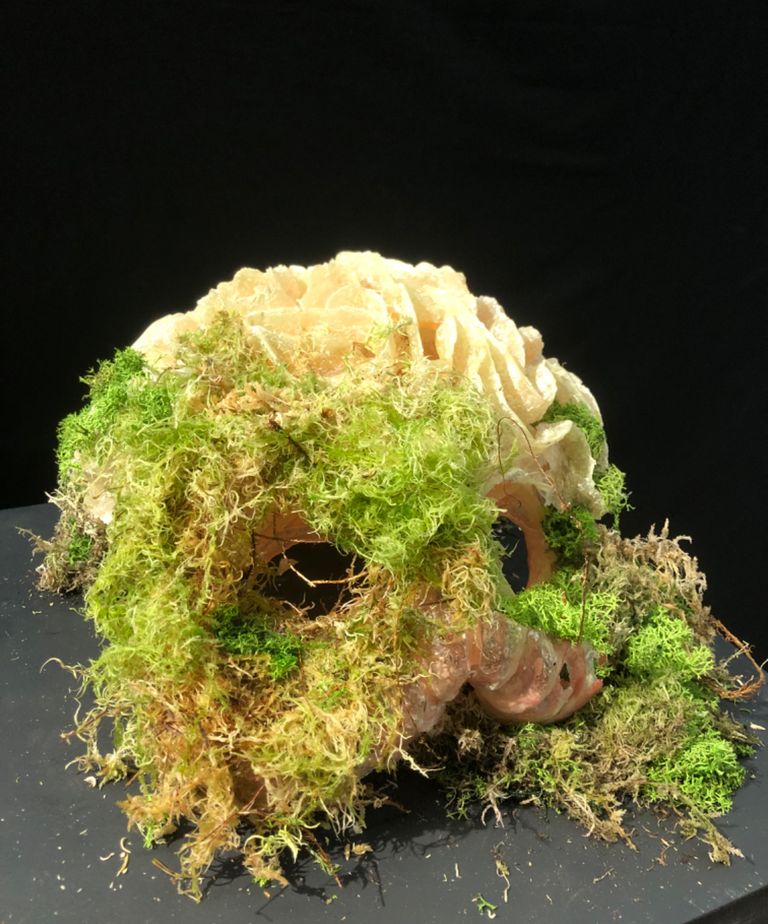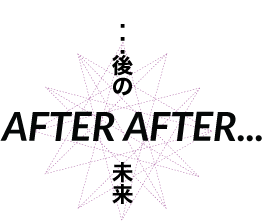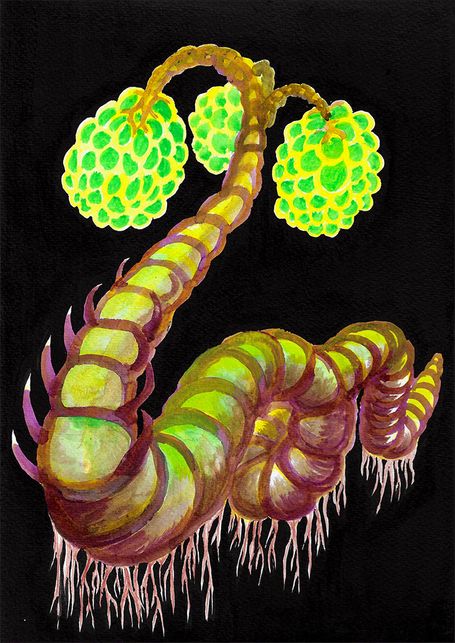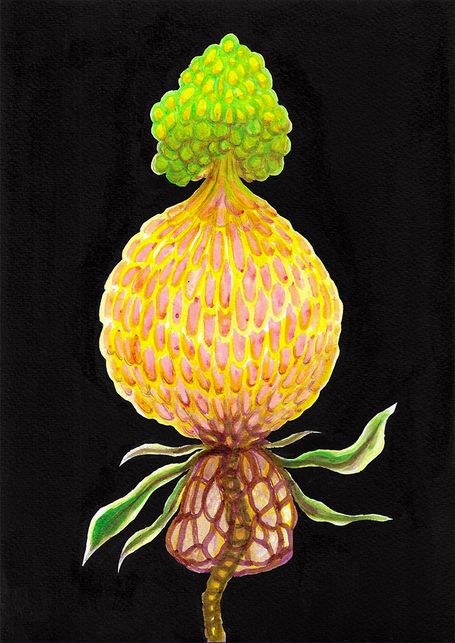21
FEB
2023
LEAVING SPACE: SYSTEMS FOR THE HOLOBIONT
Can we be architects of the unknown? Can we create catalysts for indefinite chains of relationships beyond ourselves? How might we carve out space for the undetermined and hidden?

These are just some of the questions arising from the recent project Biota Beings. When considering humans as an interconnected and entangled being, we felt overwhelm in reaction to the complexity of ecological living systems we exist within. Anthropological (human derived) factors as a result of past activity litter the current nightmare of the sixth mass extinction of the human age. Biota Beings gives us an opportunity to grasp the ecological web that we blunder through without little awareness of the complexity and relationships found there. When we consider the flaws and limits of our Sapient species, we can also imagine what it would be like to be biota conscious beings.
Pieces from Biota Beings include Dandelion Bladder. This creates a space featuring a permeable membrane to grow environmental engineers including moss and dandelions. The space within the work also allows other organisms, beings, or spirits to inhabit the space in the current time and into the future. We create opportunities rather than certainty.
We consider this approach as creating for strings of unknown events and also a retelling of the human story. We think of Ursula Le Guin’s The Carrier Bag Theory of Fiction where the bag as a container to ‘carry’ or ‘house’ something replaces the weapons of the heroes story and reframes the ‘killer’ to ‘carrier’. She says: “The trouble is, we’ve all let ourselves become part of the killer story, and so we may get finished along with it. Hence it is with a certain feeling of urgency that I seek the nature, subject, words of the other story, the untold one, the life story.” (Le Guin, 2019)
Humans are still central to Le Guin’s story and the bag contains something that might be “useful, edible or beautiful” to humans. Whereas the Dandelion Bladder is a meeting point or place beyond the human; it is a container of unknown convergences of human and nonhumans in dimensions beyond human spaces and timeframes. It is something more like a gut, cell, or root, rather than a bag. It is a leaky tube in an interconnected system, allowing fluid exchanges. These perspectives build on our past work Landscape Within, where we discovered the gut positions humans as an environmentally embedded being. Like the gut, it accommodates the ‘other’ to live inside it in mutually beneficial relationships. The spaces are half formed, with room for the many to collaborate and work towards an equilibrium. Things intersecting with the spaces they define are transitory and build-up to be ‘more than’ their individual entities. They are biota-objects; environmental metagenome systems shaped by the human holobiont (the host and the many things living inside and around it in symbiotic partnerships). The sapients as holobiont who create these things are aware of their unawareness. They know without knowing.
Sources:
* As an Amazon Associate we earn from qualifying purchases.
Notes from wiki: https://en.wikipedia.org/wiki/Holobiont
Holobiont, a theory first proposed by German biologist, Adolf Meyer-Abich in 1943 to describe a host and the many species living inside and on it in symbiotic partnerships to create a functioning whole. Lynn Marguils independently also used the phrase in 1990 to describe leaps in evolution through symbiosis that merges partnerships of species into a new organism.
Hologenome is all the genes of the Holobiont between host and microbes found in the microbiome (such as bacteria, microscopic fungi), Virome (viruses) and Multicellular Fungi (such as mycorrhizal fungi found in roots of plants).



